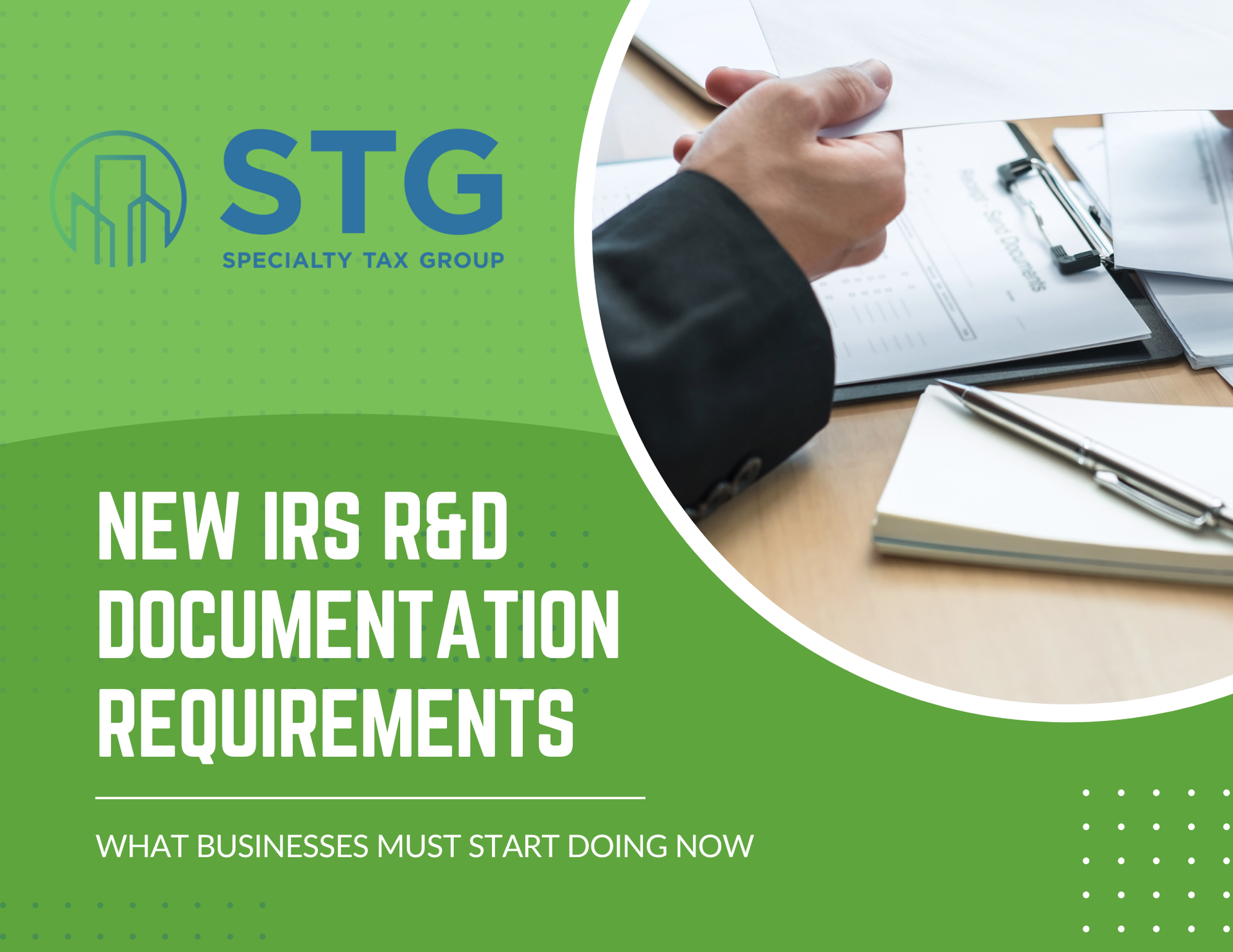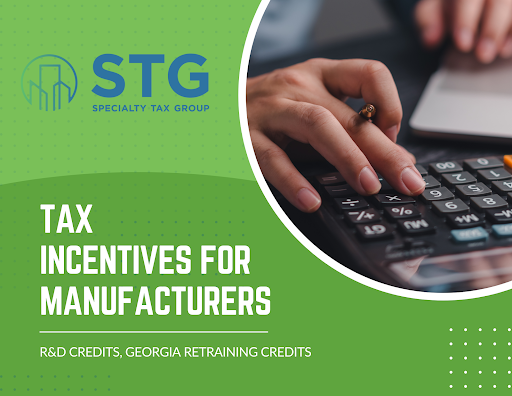This blog post has been researched, edited, and approved by John Hanning and Brian Wages. Join our newsletter below.
What’s New & Why It Matters
The IRS has extended the comment period for Form 6765 Section G until March 31, 2026, and lengthened the transition period for research credit claims to January 10, 2027. These changes aim to ease compliance burdens and give businesses time to prepare for significant reporting requirements.
This extension is more than a deadline shift—it reflects the IRS’s acknowledgment of the complexity involved in implementing Section G. Businesses now have a critical window to review processes and ensure readiness for mandatory compliance starting in 2026.
Companies should use this time to evaluate their documentation processes and consider professional support to avoid last-minute challenges.
See official IRS guidance.
Key Takeaways
- Extended deadline – Comment period through March 31, 2026
- Optional for 2025 – Section G remains optional for tax year 2025
- Transition period extended – Claim perfection window until January 10, 2027
- Major compliance changes – Requires reporting 80% of QREs by business component
- Exemptions – QSB and small filers under $1.5M QRE and $50M gross receipts
- Statistical sampling – Must attach sampling plan per Rev. Proc. 2011-42
Why Did the IRS Extend the Timeline?
The IRS received extensive feedback from stakeholders, including industry groups and tax professionals, citing increased compliance costs, implementation challenges, and resource limitations. Smaller businesses expressed concern about the complexity of new reporting requirements, while tax professionals highlighted the need for training and guidance.
By extending the comment period, the IRS aims to ensure that final instructions reflect practical realities and minimize unnecessary burdens.
What Makes Section G Complex?
Section G introduces granular reporting requirements, including detailed identification of business components, breakdown of qualified research expenses (QREs) by component, and qualitative descriptions of research activities. Up to 50 components covering 80% of QREs must be listed.
Exemptions
Section G remains optional for Qualified Small Businesses (QSB) under Section 41(h)(3) and taxpayers with ≤ $1.5M QRE and ≤ $50M gross receipts. QSB must also meet the 5-year no-receipts rule and elect payroll offset. These exemptions provide relief for smaller companies, but planning is still essential.
Statistical Sampling
Taxpayers using statistical sampling must comply fully and attach their sampling plan. Previous flexibility is eliminated, making professional guidance essential.
Companies relying on
Rev. Proc. 2011-42 must adapt their processes to ensure compliance. Failure to include the sampling plan or properly identify sampled components could result in claim rejection.
Action Steps for Businesses
Start documenting business components now, review expense tracking systems, assess compliance readiness, and consult R&D tax credit professionals early.
Practical steps include:
1. Identify all qualifying business components and maintain detailed descriptions.
2. Ensure expense tracking aligns with IRS requirements for QRE allocation.
3. Train internal teams on new compliance standards.
4. Engage external advisors for complex cases or sampling methodologies.
Frequently Asked Questions
Q: When does Section G become mandatory?
A: Section G is optional for 2025 and mandatory starting in 2026.
Q: Who qualifies for exemptions?
A: QSBs and taxpayers with ≤ $1.5M QRE and ≤ $50M gross receipts.
Q: What happens if I fail to comply?
A: Non-compliance may lead to claim rejection or increased audit risk.
What This Means for Your Business
The research credit remains a powerful incentive, but compliance is becoming more complex. Businesses that start preparing now will avoid last-minute scrambles and position themselves to maximize benefits.
Early action ensures smoother implementation and reduces risk of costly errors.
Contact Specialty Tax Group today for expert guidance on navigating Section G and optimizing your R&D credit strategy.
2024 Tax Guide





